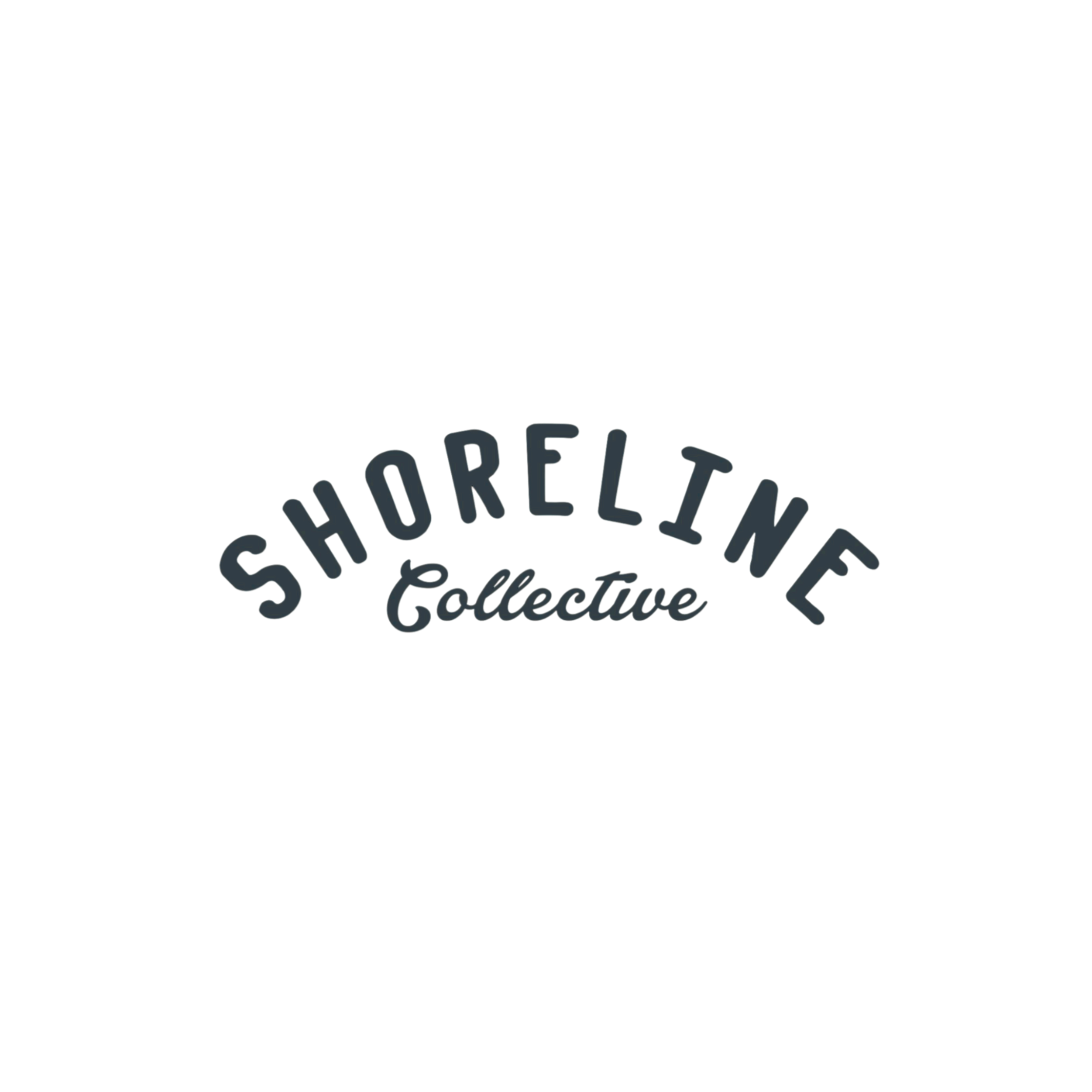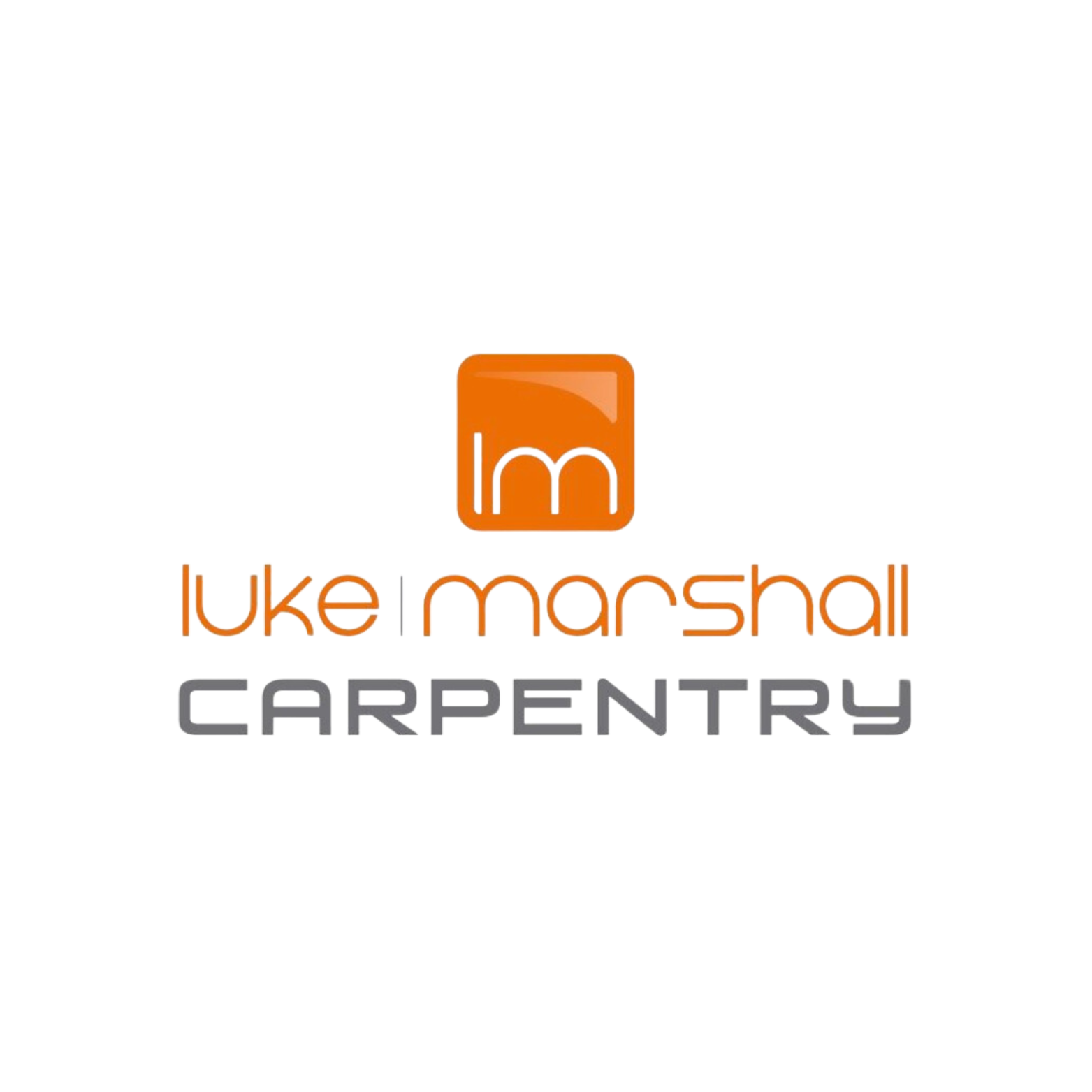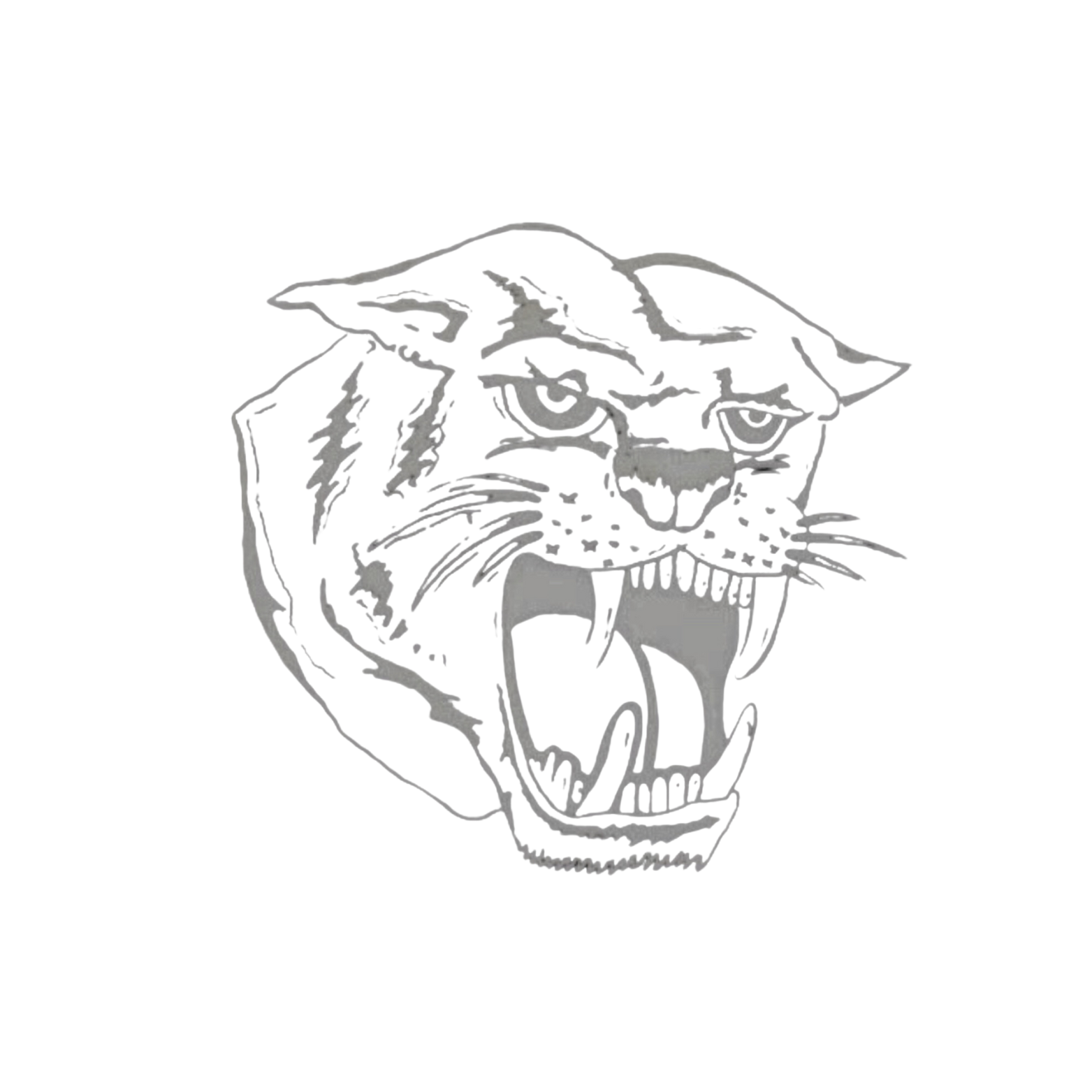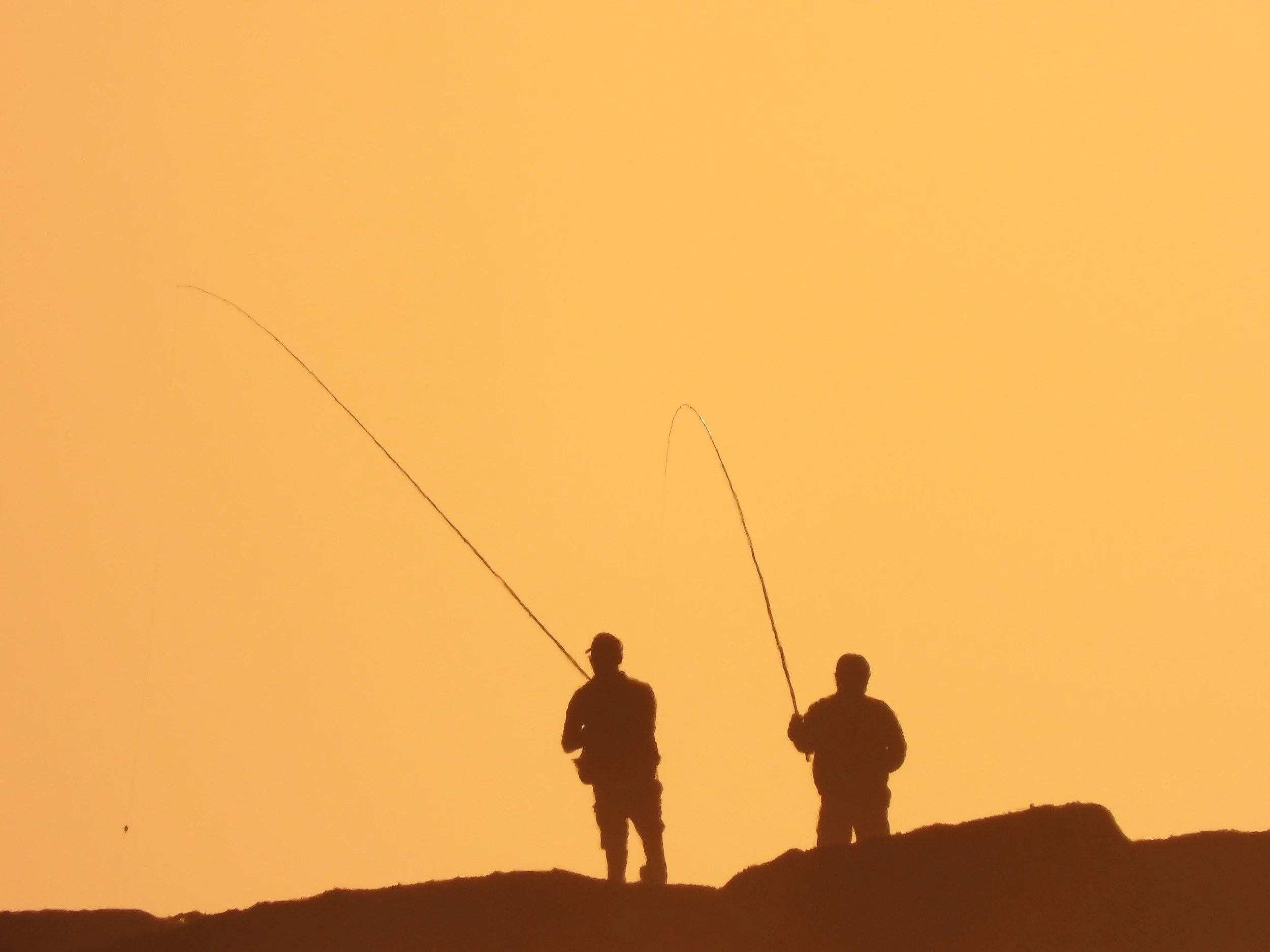-
Sound design is the art and practice of crafting auditory experiences to enhance storytelling and evoke emotions in visual media.
It involves creating, manipulating, and integrating audio elements like sound effects, music, and dialogue to create immersive and engaging environments.Storytelling: Brings a story to life by creating a sense of place, time, and atmosphere.
Foley: Recreating sounds in a studio to enhance realism.
Music: Composing or selecting music.
Ambience: Creating a realistic background soundscape.
Voice-Over: Using a narrator's voice to provide context or perspective to the narrative.
-
A videographer produces, captures, and edits videos for a variety of purposes.
They use technical skills and creativity to tell visual stories.Camera operation: Set up shots, operate cameras, adjust lighting and sound.
Editing: Use software to cut and edit footage.
Post-production: Tasks like sound editing.
Collaboration: Work with directors and other creatives.


















